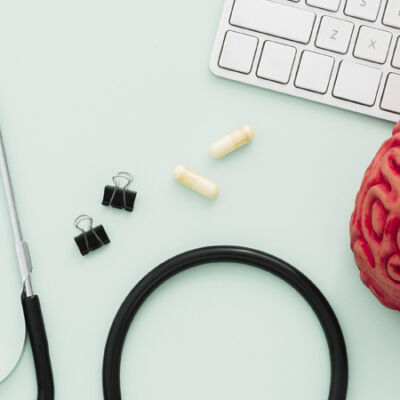Stroke
Stroke
Stroke is a serious medical condition that occurs when there is a disruption in the blood flow to the brain. This can lead to damage of brain cells and can have long-term effects on a person's physical and cognitive abilities. There are two types of strokes: ischemic and hemorrhagic. Ischemic stroke occurs when there is a blockage in an artery that supplies blood to the brain, while hemorrhagic stroke is caused by bleeding in or around the brain. Symptoms may include sudden numbness or weakness in the face, arm, or leg; confusion or difficulty speaking; trouble seeing; dizziness; severe headache; and difficulty walking. It is important to seek immediate medical attention if you experience any of these symptoms as early treatment can greatly improve the chances of recovery. There are also risk factors that can increase a person's likelihood of having a stroke, such as high blood pressure, smoking, diabetes, and obesity. It is important for individuals to manage these risk factors through lifestyle changes and medication prescribed by a doctor. If you or someone you know has had a stroke, rehabilitation may be necessary to regain physical and cognitive abilities. This can include physical therapy to improve muscle strength and coordination, speech therapy to help with communication skills, and occupational therapy to assist in daily activities. Prevention is key when it comes to strokes. Maintaining a healthy diet, exercising regularly, not smoking, and managing other health conditions can greatly reduce the risk of having a stroke.L’attaque cérébrale AVC touche des millions de personnes chaque année dans le monde entier. Le phénomène est donc devenu très alarmant.



